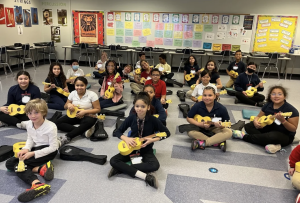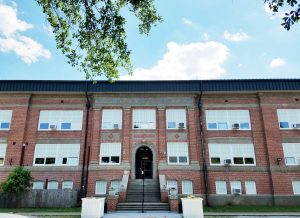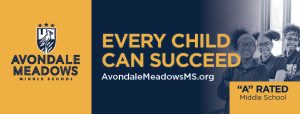Elementary School Students Benefit from KTBA Foundation
Keeping The Blues Alive Foundation used a portion of its donations to save an elementary music program. The foundation is always looking for ways in which we can directly improve the quality of instruction in music classrooms. When we were tipped off about a poverty-stricken Tulsa, Oklahoma elementary school in need of music software for their computer lab, we knew this was an opportunity to step in. To contribute to the foundation, click here! Again, this school’s situation is an example of ill-placed resources in an unprecedented digital age where antiquated applications of music technology should not be overlooked. We know this sounds dismal, but think about it – come, walk and talk with us for a moment. What use does a computer lab have, without software for word processing, web access, or intuitive interfaces for the creation of new ideas or products? What good is a cell phone with out a data/SIM card? For what use is a car worth without tires, a working engine, or the appropriate fluids? The answer is – nothing; Nothing indicative of its potential, at least. That is why we chose to seize the opportunity to help Monroe Demonstration School (Tulsa, OK) re-purpose its computer labs by participating in a fundraiser to buy the appropriate software for these youngsters to create their own music and share each other’s musical ideas. Additionally, students can utilize interactive programs to learn blues scales, music theory, and aural exercises. Mr. Garrett, the school’s music teacher, took the initiative to submit a request via DonorsChoose.org – a reputable online charity dedicated to bridging the gap between classrooms and donations – to fundraise the monies needed to purchase software for his students. “Many of our students are surrounded by music at church, but resources for studying music at school are limited. Our students demonstrate a strong interest in music through consistent practice in the music classroom. Our elementary school has a good computer lab. Our students need music software to help reinforce fundamental music skills… Current and future students will use the music software for many years,” Mr. Garrett assures. Once funds were released, DonorsChoose.org staff were able to facilitate and verify the purchase of the materials, and Mr. Garrett’s 200 students got straight to work! “Thank you for your generosity in funding our elementary music project. It is inspiring to receive so much assistance from others who support music education in public schools. Our students are excited about using the music software programs Groovy Shapes, Groovy City, and Making Music. The music software will be used for many years by a great number of elementary students. The computer music activities will reinforce fundamental concepts that students are learning in music class. You have assisted our students in reaching their full potential this school year. With gratitude, Mr. G. Keeping The Blues Alive requires a LOT of hard work and sacrifice! If you are as passionate about preserving and rejuvenating music programs in schools, please support us by donating! We guarantee that individual students will benefit from your patronage! SH




